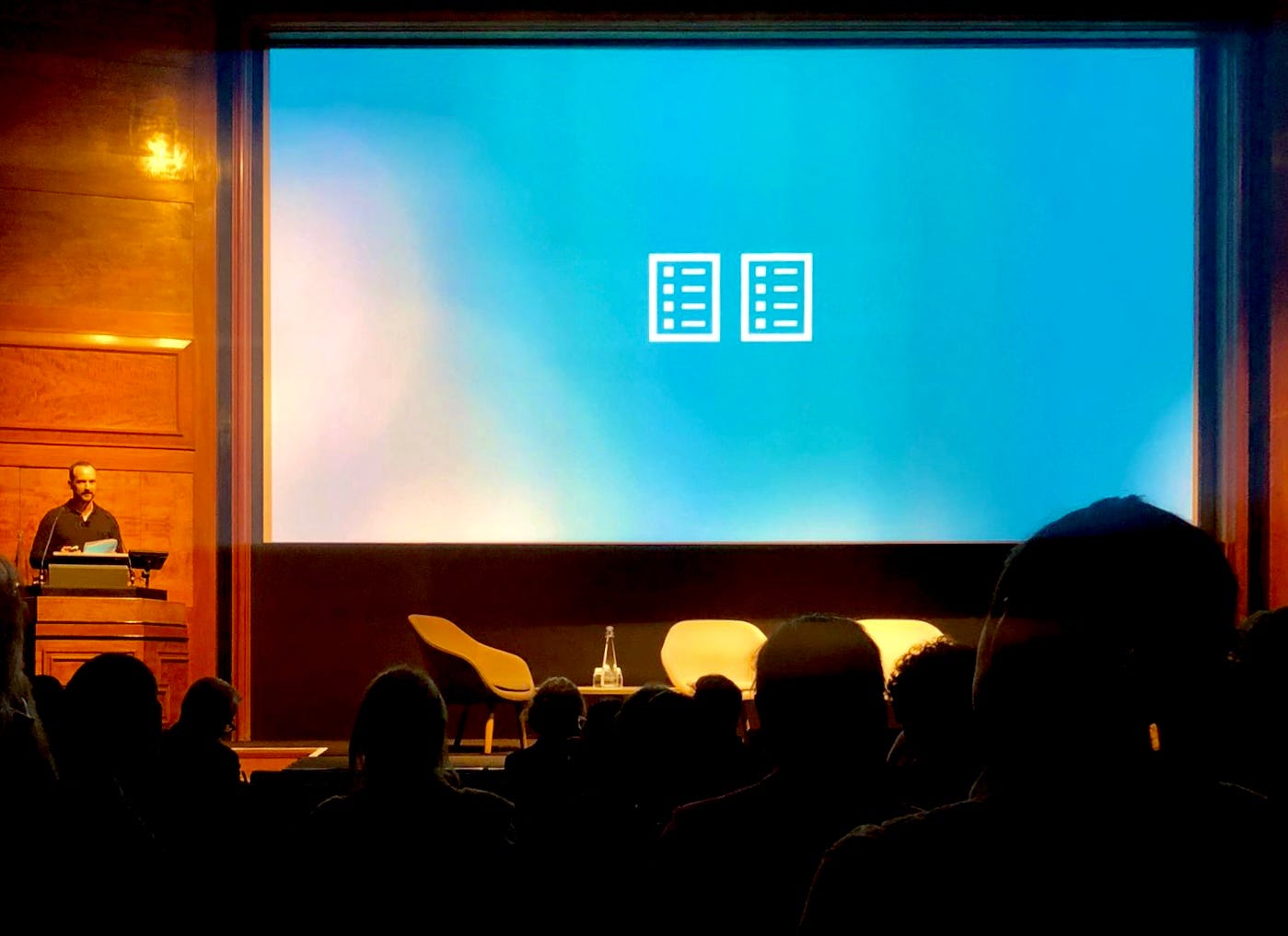Material Choices
Highlights from my talk at RIBA
On 21st March I spoke at the second of the three-part Long Life, Low Energy RIBA series. I kicked off the Material Choices talk which focused on the specification of materials, considering the best strategies for decarbonising architecture and the built environment, while also maximising the potential for future reuse.
Chaired by architect, academic and environmental activist Duncan Baker-Brown, I was joined by Louisa Bowles (Sustainability Lead, Hawkins\Brown) and Fabrizio Varriale (Place and Space Analyst, RICS) to each present some thoughts and then participate in a Q&A.
It was fantastic to present in RIBA’s Jarvis Hall and even better to have an engaged audience with such informed questions.
In my talk I explained how the Client role is critical in driving teams and projects to look differently at materials. Client’s, and teams, need to be able to consider more factors than just cost, time and quality - now we need to weigh up carbon, energy intensity, wellbeing and others with every decision. We also need to be able to think and design at micro (materials) and macro (buildings or estates) levels.
To change the way we approach projects, we must tackle this early in a project. Set the brief, understand the ambition and ensure budget and programme are aligned. If you don’t sort this early it’s very hard to shift later.
I picked up on the current incentives (or lack of) when it comes to material reuse. The effort (and investment) needed to extract materials is not currently rewarded in common project metrics, and it is a similar story for designing for future deconstruction.
But things are changing and I gave a nod to new businesses that are emerging in this space. Opportunities are presenting themselves and it is interesting to see how some companies are expanding or pivoting.
When it comes down to design, I explained how ‘loose-fit’ (or as mentioned in the first in the series, ‘baggy’) design should be considered to better enable the reuse of material.
I also spoke about the need to understand and grade second-hand materials and the potential for sister specifications (one for new, one for reused) which could help disrupt our relatively one-dimensional approach to procurement.
And then there is information. Material passports and better tracking of material are coming and will improve the way we deal with building information. Critically, this information should also prove invaluable in the future when today’s developments are redeveloped and we know what is in the building and how to take it apart.
One of the questions asked if architects and other disciplines are taught well enough. My response was that education can only go so far and and so much more is picked up on the job, through osmosis. I also responded to a question around aesthetics of reuse and potential challenges with this - in some cases the product isn’t ‘ready’ for reuse and so things are perhaps best hidden, but more examples are appearing where architects are finding ways of celebrating the reuse of materials and they actually focus on them.
A final question asked if all the factors now contributing to a decision are ‘measured’ and quantified. I tried to explain that a client will seek to know as much as possible, but it just isn’t practical to have everything quantified, especially when dealing with relatively small scale items. Ultimately it comes down to what I would call an ‘informed judgement call’, based on the best available information. I urged design teams to do their bit in pre-empting the questions (or answers) needed to gain an approval and to try to have these ready if possible to aid the decision making process.
Speaking about this topic was an absolute privilege. I’d like to thank RIBA for the invite and the brilliant audience for being so engaged.
The Long Life, Low Energy Exhibition remains open and runs until 29 April 2023.








Sounds like a great event! Excited to see more of these things happening and becoming commonplace. It will be interesting to see how re-use is integrated into our current procurement and specification system.